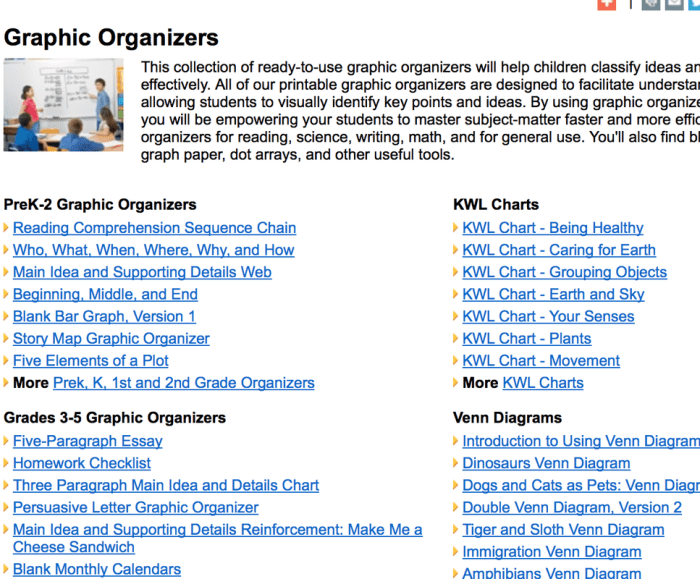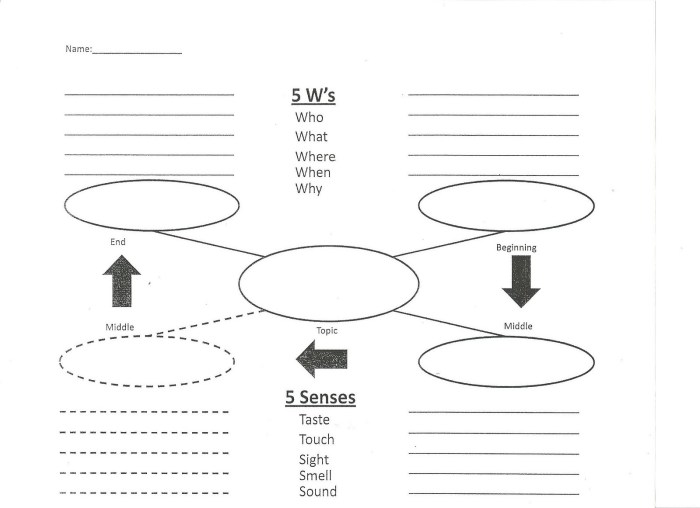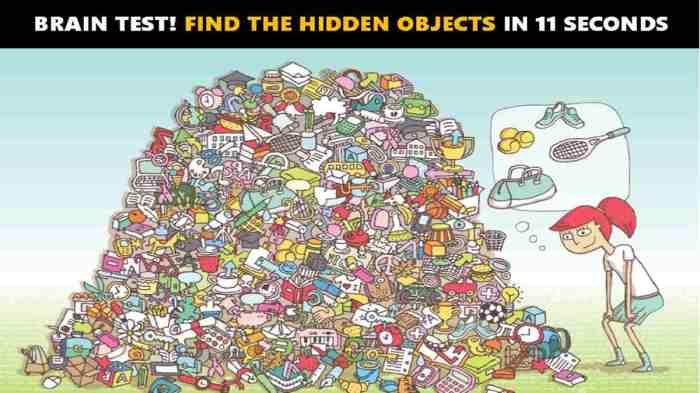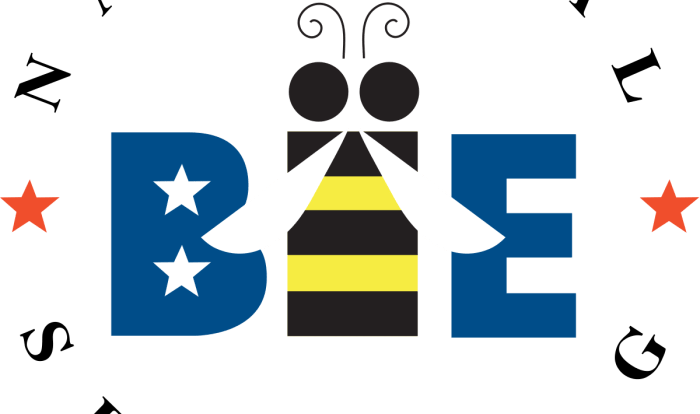Graphic organizers synthesize information for better understanding, unlocking a world of enhanced comprehension and critical thinking. These visual tools empower learners to structure, analyze, and retain knowledge, fostering a deeper understanding of complex concepts.
Graphic organizers encompass a diverse range of visual representations, including mind maps, concept maps, and flowcharts. Each type serves a specific purpose, enabling learners to explore relationships, identify patterns, and distill key ideas from vast amounts of information.
Overview of Graphic Organizers

Graphic organizers are visual tools that help individuals synthesize and organize information in a meaningful way. They enhance comprehension, critical thinking, and memory recall by presenting information in a structured and visually appealing manner. Various types of graphic organizers include mind maps, concept maps, and flowcharts, each tailored to specific purposes and learning styles.
Creating and Using Graphic Organizers
Creating graphic organizers involves identifying key concepts, relationships, and patterns within the information. Mind maps radiate from a central concept, connecting related ideas through branches and sub-branches. Concept maps depict hierarchical relationships between concepts, using nodes and connecting lines. Flowcharts illustrate processes or sequences of events, using shapes and arrows to indicate flow direction.
Organizing information concisely and logically is crucial for effective graphic organizers.
Benefits of Using Graphic Organizers, Graphic organizers synthesize information for better understanding
Graphic organizers offer numerous cognitive benefits. They improve memory by providing visual cues and associations. Comprehension is enhanced as the visual representation clarifies relationships and structures. Critical thinking skills are fostered through the process of identifying and organizing key information.
Additionally, graphic organizers facilitate collaboration and communication by providing a shared visual representation that aids in knowledge sharing and understanding.
Designing Effective Graphic Organizers
Effective graphic organizers adhere to principles of visual hierarchy, color coding, and spatial organization. Visual hierarchy prioritizes key concepts through size, font, and placement. Color coding enhances clarity by grouping related concepts. Spatial organization ensures logical flow and ease of navigation.
Choosing the appropriate graphic organizer for the task and audience is essential. Well-designed graphic organizers effectively synthesize information, making it easily understandable and memorable.
Incorporating Graphic Organizers into Learning
Graphic organizers can be integrated into lesson plans and teaching materials to enhance student engagement and learning outcomes. They serve as formative assessment tools, providing insights into students’ understanding and areas for improvement. Graphic organizers can be used across subject areas and grade levels, catering to diverse learning styles and educational goals.
Technological Tools for Creating Graphic Organizers
Various software and online tools facilitate graphic organizer creation and sharing. These tools offer user-friendly interfaces, templates, and collaboration features. Digital tools allow for easy editing, sharing, and integration into online learning platforms. However, they may have limitations in customization and offline access.
A table comparing different graphic organizer tools based on features, ease of use, and cost can aid in tool selection.
Advanced Applications of Graphic Organizers
Graphic organizers extend beyond basic information synthesis. They can be used for complex tasks such as research projects and problem-solving activities. Graphic organizers can model complex systems, visualize data, and communicate technical concepts. Innovative uses include visual storytelling, brainstorming, and decision-making.
These advanced applications demonstrate the versatility and power of graphic organizers in various fields.
General Inquiries: Graphic Organizers Synthesize Information For Better Understanding
What are the primary benefits of using graphic organizers?
Graphic organizers enhance memory, improve comprehension, foster critical thinking, facilitate collaboration, and cater to diverse learning styles.
How do graphic organizers aid in complex information synthesis tasks?
Graphic organizers provide a structured framework for organizing and visualizing complex information, enabling learners to identify patterns, relationships, and key concepts.
What are some innovative applications of graphic organizers?
Graphic organizers can be used for modeling complex systems, visualizing data, communicating technical concepts, and fostering creativity in various fields.



